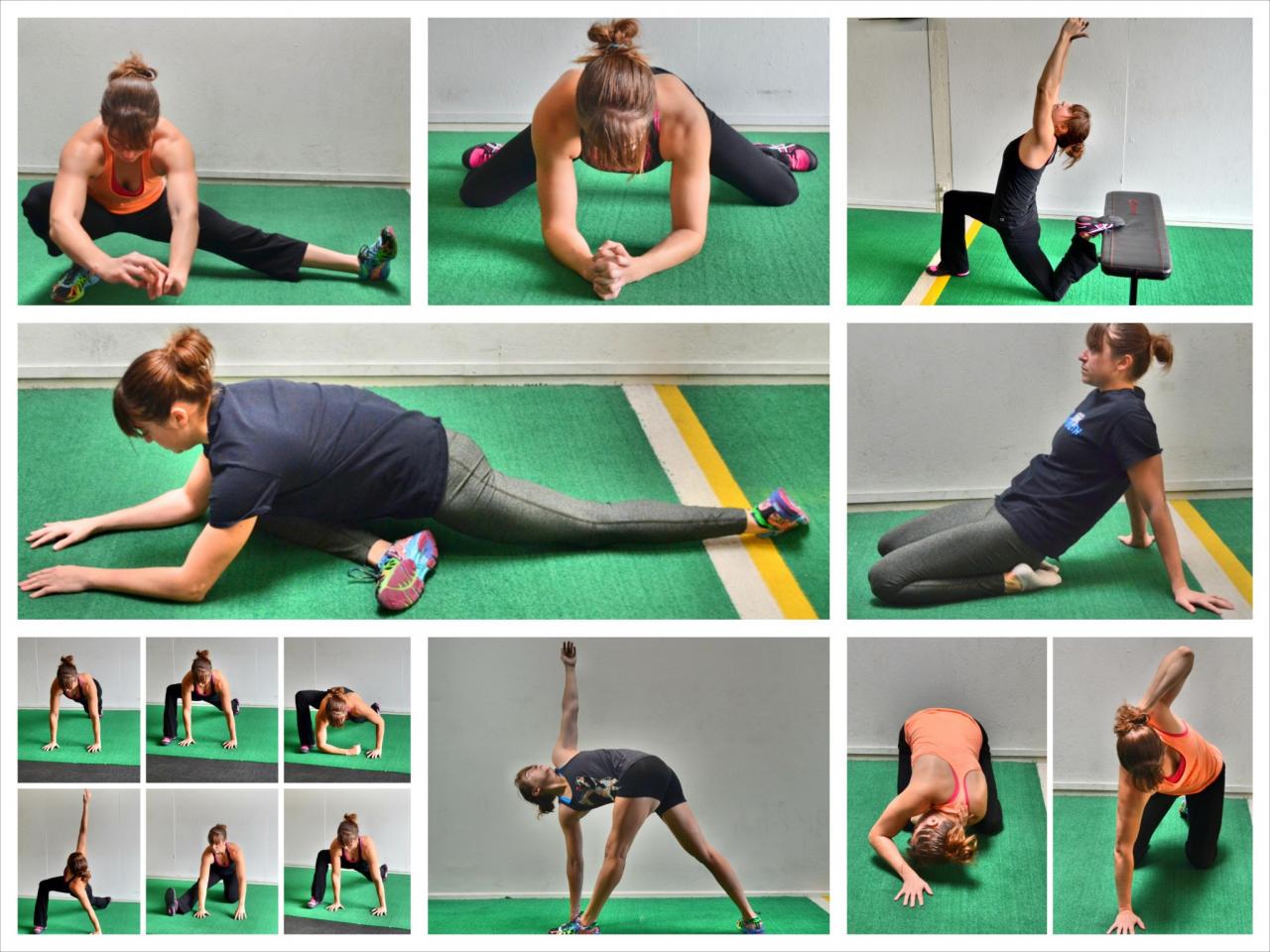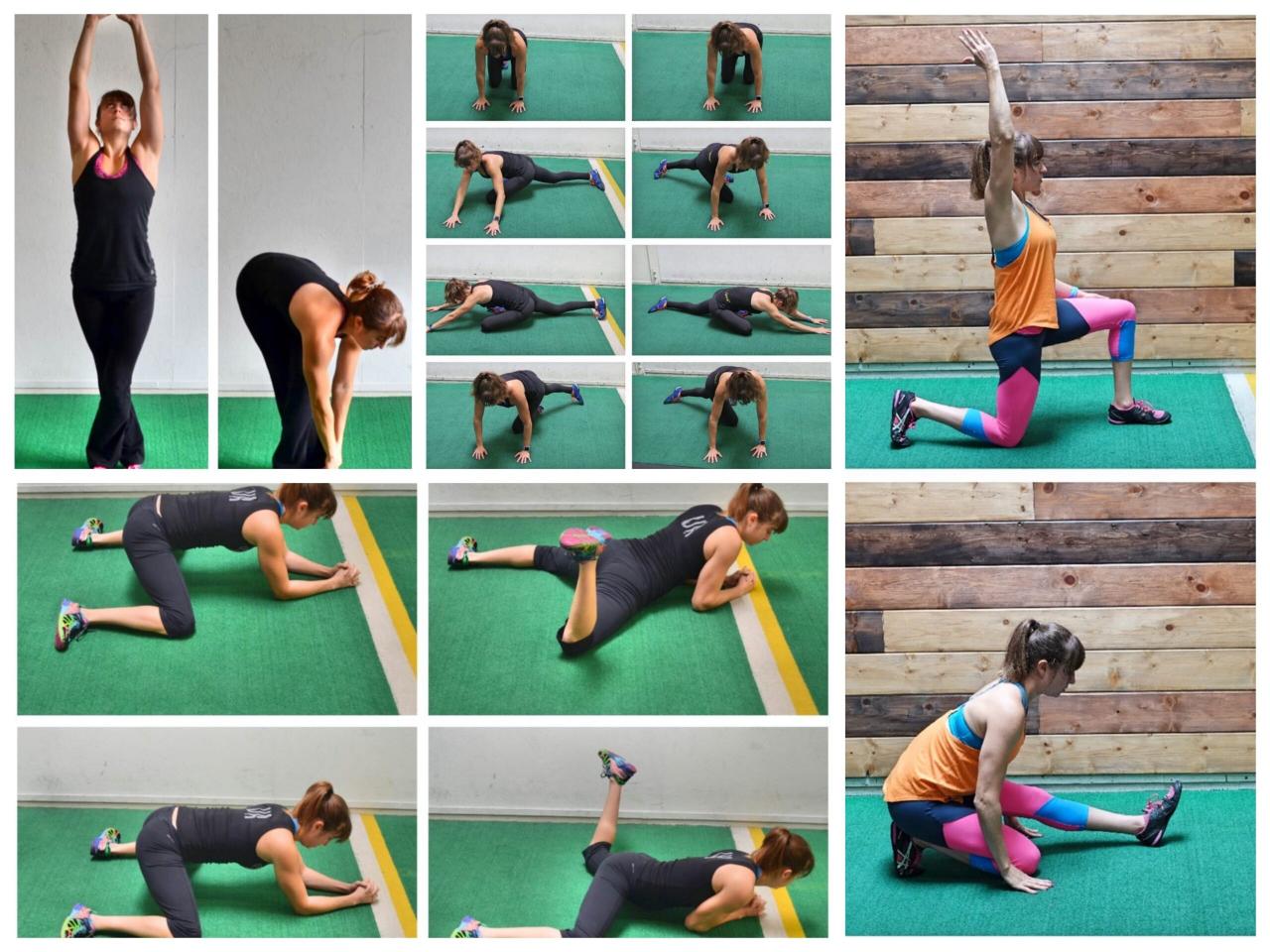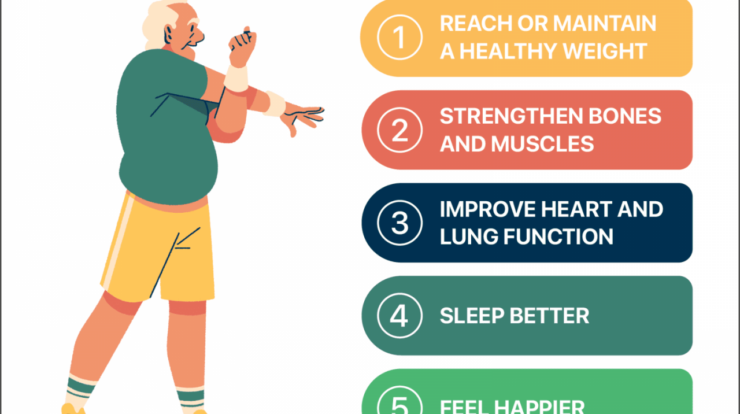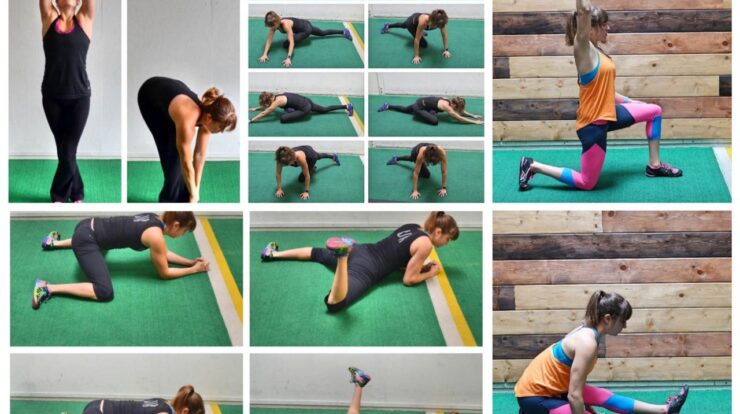
Explain why regular exercise is the best way to prevent flexibility issues. – Regular exercise is the cornerstone of maintaining flexibility, a crucial aspect of overall health and well-being. By engaging in consistent physical activity, individuals can significantly improve their range of motion, reduce muscle stiffness, and lubricate joints, effectively preventing flexibility issues.
Understanding the mechanisms behind exercise’s benefits for flexibility is essential. Exercise promotes the production of synovial fluid, which lubricates joints and reduces friction during movement. It also helps stretch and lengthen muscles, enhancing their elasticity and range of motion. Additionally, regular exercise improves blood circulation, delivering oxygen and nutrients to muscles, which aids in recovery and prevents stiffness.
Why Regular Exercise Is the Best Way to Prevent Flexibility Issues

Flexibility is the ability to move your joints through their full range of motion. Regular exercise is one of the best ways to improve your flexibility, which can help you stay active and pain-free as you age.
As Mother’s Day approaches, it’s time to express our gratitude to all the amazing mothers out there. Whether you’re looking for the perfect happy Mother’s Day wishes or simply want to convey your love, we’ve got you covered. Remember, it’s not just about the grandmothers or the mothers of young children; even pregnant women deserve to be celebrated on this special day.
If you’re unsure whether to extend happy Mother’s Day wishes to a pregnant woman, the answer is a resounding yes! They are already embarking on their journey of motherhood, and your well wishes will only add to their joy.
Benefits of Regular Exercise for Flexibility
Regular exercise can help you improve your flexibility in several ways:
- Improves range of motion.Exercise helps to stretch your muscles and tendons, which can increase your range of motion.
- Reduces muscle stiffness.Exercise helps to reduce muscle stiffness, which can make it easier to move your joints through their full range of motion.
- Lubricates joints.Exercise helps to lubricate your joints, which can reduce friction and make it easier to move your joints.
Types of Exercise for Flexibility
There are many different types of exercise that can help you improve your flexibility. Some of the most effective exercises include:
| Exercise Type | Description | Examples |
|---|---|---|
| Dynamic stretches | Dynamic stretches involve moving your body through a range of motion while keeping your muscles active. | Arm circles, leg swings, torso twists |
| Static stretches | Static stretches involve holding your body in a stretched position for a period of time. | Hamstring stretch, quad stretch, calf stretch |
| Yoga | Yoga is a mind-body practice that combines stretching, breathing, and meditation. | Downward-facing dog, child’s pose, cobra pose |
Dynamic stretchesare best done before exercise to warm up your muscles. Static stretchesare best done after exercise to cool down your muscles.
How to Incorporate Exercise into a Routine, Explain why regular exercise is the best way to prevent flexibility issues.
To improve your flexibility, you should aim to do flexibility exercises at least twice a week.
- Start slowly and gradually increase the intensity and duration of your workouts.
- Warm up before you stretch.
- Hold each stretch for 30 seconds.
- Cool down after you stretch.
Here is a sample exercise plan for beginners:
| Day | Exercise | Duration |
|---|---|---|
| Monday | Dynamic stretches | 10 minutes |
| Tuesday | Static stretches | 10 minutes |
| Wednesday | Rest | |
| Thursday | Dynamic stretches | 10 minutes |
| Friday | Static stretches | 10 minutes |
| Saturday | Rest | |
| Sunday | Yoga | 60 minutes |
Common Flexibility Issues and Prevention
There are several common flexibility issues that can occur, including:
| Flexibility Issue | Causes | Prevention |
|---|---|---|
| Tight hamstrings | Sitting for long periods of time, not stretching enough | Stretch your hamstrings regularly, do exercises that target the hamstrings |
| Tight quadriceps | Running, cycling, not stretching enough | Stretch your quadriceps regularly, do exercises that target the quadriceps |
| Tight calves | Wearing high heels, not stretching enough | Stretch your calves regularly, do exercises that target the calves |
Regular exercise can help to prevent these flexibility issues by keeping your muscles and tendons flexible.
Final Summary: Explain Why Regular Exercise Is The Best Way To Prevent Flexibility Issues.
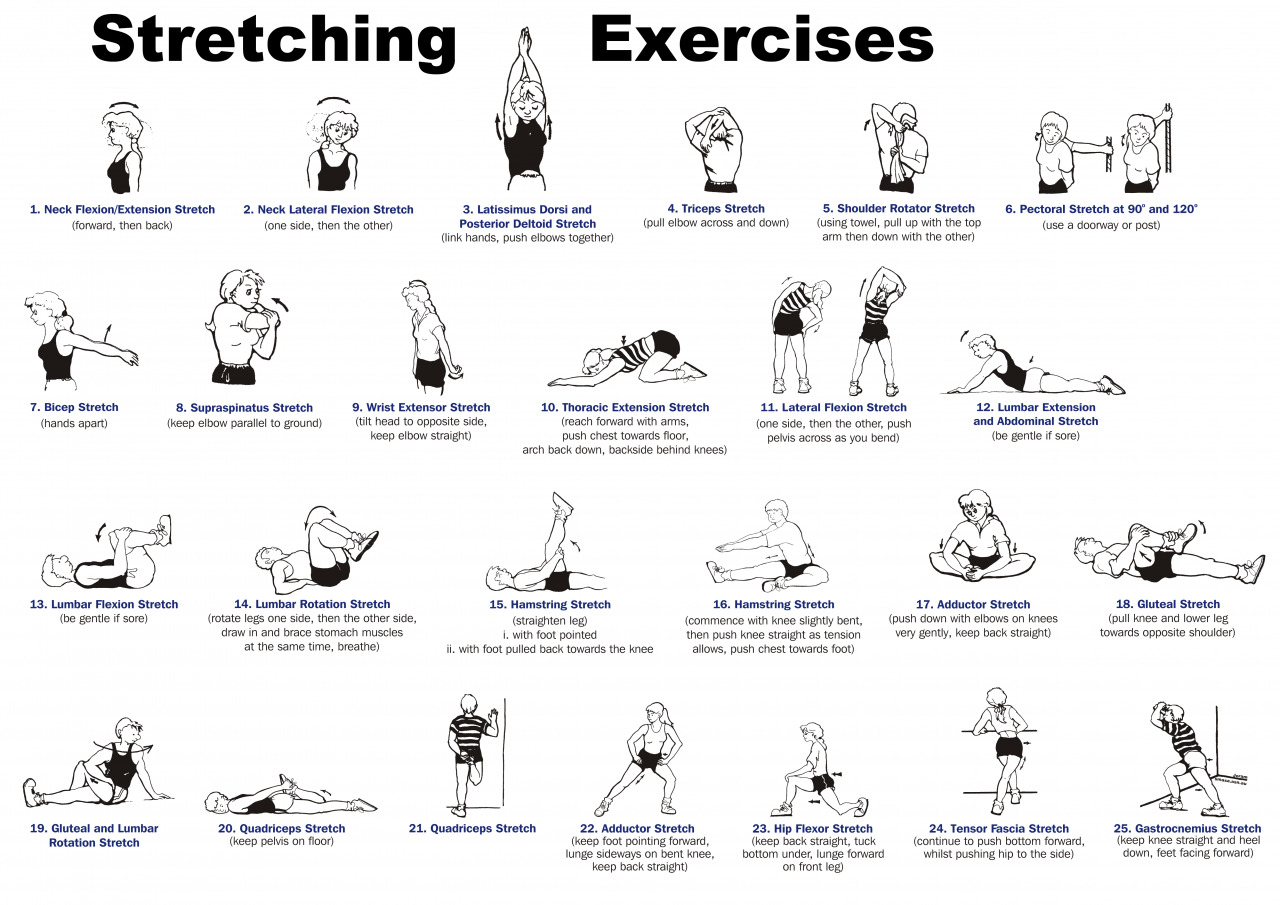
Incorporating regular exercise into one’s routine is paramount for maintaining flexibility. Experts recommend engaging in dynamic and static stretching exercises at least twice a week. Dynamic stretches involve gentle movements that prepare the body for activity, while static stretches hold positions for an extended period to improve flexibility.
Warming up before exercise and cooling down afterward are crucial for preventing injuries and maximizing the benefits of exercise.
By embracing regular exercise as a cornerstone of their health regimen, individuals can effectively prevent flexibility issues, enhance their overall mobility, and reap the numerous benefits that come with a flexible body.
FAQ Overview
How often should I exercise to improve flexibility?
For optimal results, aim for at least two sessions of flexibility exercises per week.
Is it necessary to warm up before stretching?
Yes, warming up prepares your muscles for stretching and reduces the risk of injury.
What types of exercises are best for improving flexibility?
For those who want to express their love in a different language, happy Mother’s Day in German is “Frohen Muttertag!” It’s a beautiful way to show your appreciation for all the mothers in your life. And don’t forget the mothers who have passed on; they deserve to be remembered with love and gratitude on this day too.
Happy Mother’s Day to you too , wherever you may be.
Both dynamic and static stretching exercises are beneficial for enhancing flexibility.
